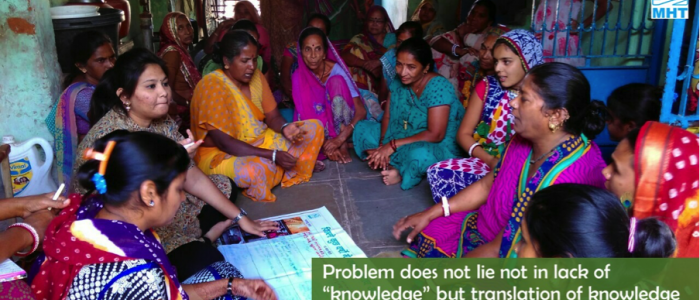Climate Change Adaptation
Webinar recording: City under Rising Temperature

Energy consumption through the use of electronic appliances (e.g. television, kitchen equipment, lighting) is continuing to increase, whichis leading to rising temperatures. In this way, temperature has become one of the stresses faced by most cities not only in Asia, but also all around the world. These rising temperatures have affected many aspects of our life, including health.
This webinar entitled "City under Rising Temperature", Dr. Umamaheshwaran Rajsekar explored technology options to improve thermal comfort for low rise high density urban development.
Zinia talks on her research about adaptation strategies in Dhaka

Bangladesh faces multi-dimentional challenges related to population growth, rapid urbanisation, land use change, and natural hazards. But, the severity of these challenges is event more intense given the likely climate change in terms of salinity intrusion, sea level rise, scarcity of fresh water, and increasing frequent of extreme events.
As a citizen of Dhaka, she has witnessed how the city has been growing in an unplanned manner. So, she has tried to learn about these issues and tried to assess why this happens and what we can do as individuals.





